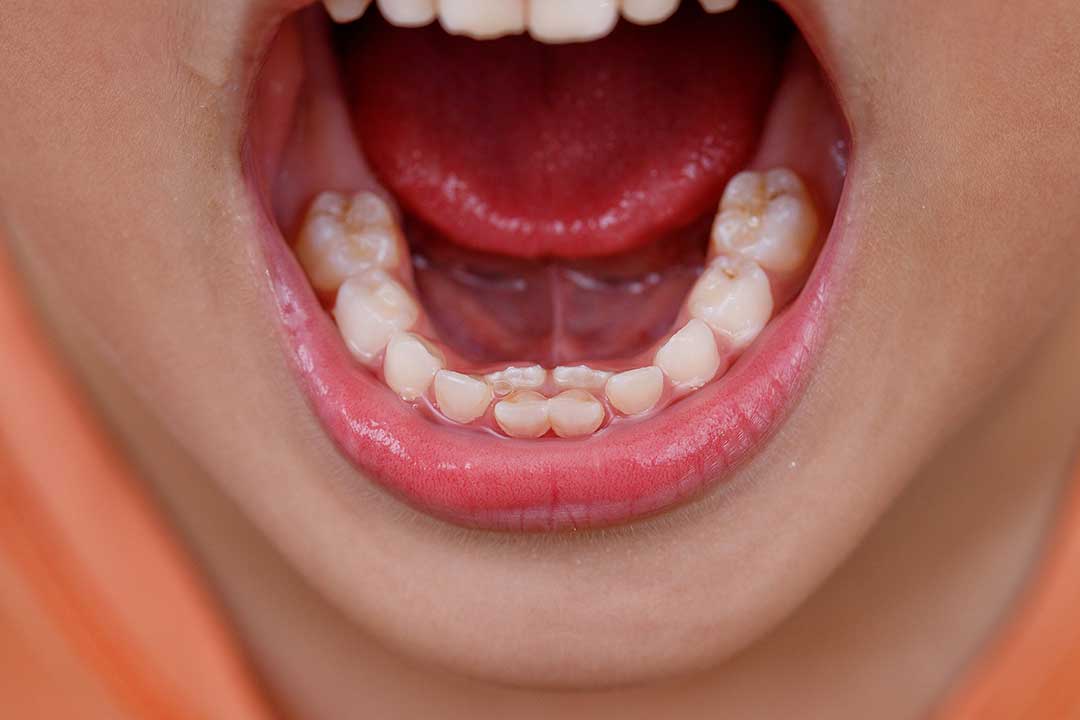As your child’s baby teeth begin to loosen, it’s natural to wonder whether you should intervene or simply let nature take its course. While losing baby teeth is a common rite of passage, there are important factors to consider before deciding to pull out a wobbly tooth.
The Natural Process of Baby Teeth Falling Out
Children typically start losing their baby teeth around the age of 6, with this process continuing until about age 12. Baby teeth, also known as primary teeth, serve as placeholders for permanent teeth. When a permanent tooth begins to push through the gum line, it causes the root of the baby tooth to dissolve, leading to the tooth becoming loose.
It is best to let wobbly teeth fall out on their own. The natural process allows the tooth to loosen gradually, and the body can shed it when it’s ready. Most of the time, children wiggle their loose teeth naturally, which speeds up the process without the need for parents’ or dentists’ intervention.
When to Help Your Child Pull Out a Tooth
Although it’s ideal for a tooth to come out on its own, there are instances when gentle assistance is appropriate. If a tooth is extremely loose and just hanging on by a thread, it may be causing your child discomfort or interfering with eating. In these cases, you can help by using clean fingers or a sterile tissue to give the tooth a small tug. Make sure your child is comfortable and ready for this step, and ensure the area is clean to avoid infection.
A wobbly tooth that has been loose for several months but shows no signs of falling out may also need intervention. In this case, it’s recommended to visit a pediatric dentist for guidance. Your child's dentist can assess whether the tooth is stuck or if there’s an underlying issue preventing it from falling out naturally.
When NOT to Pull a Tooth
It’s important to note that pulling a tooth prematurely can cause more harm than good. Forcing a tooth to come out before it’s ready can damage the sensitive gum tissue, cause unnecessary pain, and increase the risk of infection. If the tooth is not loose enough or causes your child discomfort when wiggled, it’s best to leave it alone and consult your child’s dentist.
There’s no need to rush the natural process unless there’s significant pain, swelling, or signs of infection. In cases where a tooth seems to be taking longer than expected to come out, a pediatric dentist can assess if the permanent tooth is coming in correctly and provide any necessary intervention.

Known as "shark teeth," this can happen when permanent teeth begin to erupt before the baby tooth has fallen out. This situation is common, and your pediatric dentist can assess whether extraction is necessary.
Signs of Trouble: When to See a Dentist
While most baby teeth fall out without complications, certain signs warrant a visit to your pediatric dentist:
How to Prevent Complications
To reduce the risk of complications when baby teeth are wobbly, here are some tips from our team of specialist pediatric dentists:
Treatment and Care After the Tooth Falls Out
Once a baby tooth falls out, the gum may be slightly tender and bleed briefly. Rinse your child’s mouth with warm saltwater to soothe the area and promote healing. You can also offer a cold, soft snack like yogurt if there’s any soreness. There’s usually no need for special care, but if you’re unsure or if complications arise, visiting your pediatric dentist is the best way to ensure your child’s teeth are healthy and developing properly.
If you’re new to Dubai or are seeking a dental home for your little one, please give Drs. Nicolas & Asp Centers a call at 04 394 7777. Our multispeciality clinics are conveniently located in Jumeirah, The Springs Souk, Marina Walk, and Uptown Mirdif.


